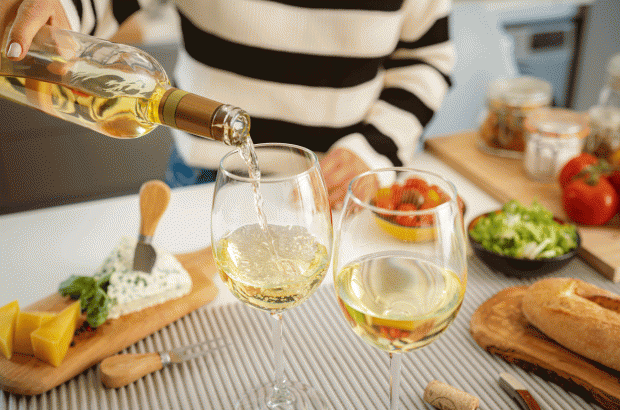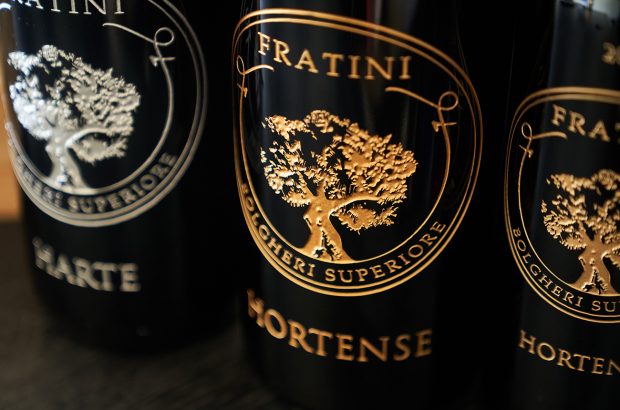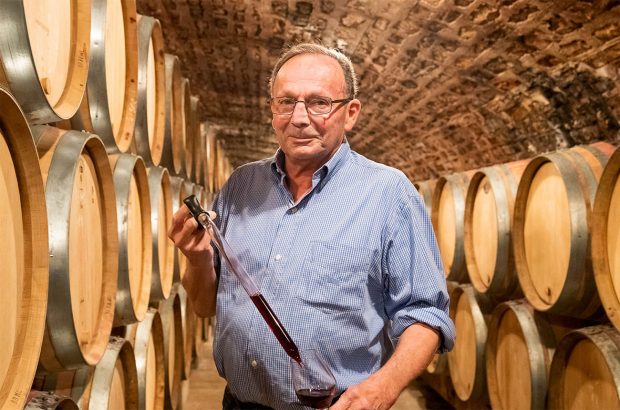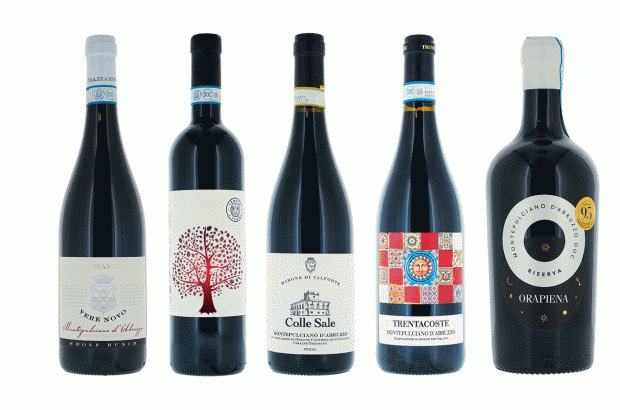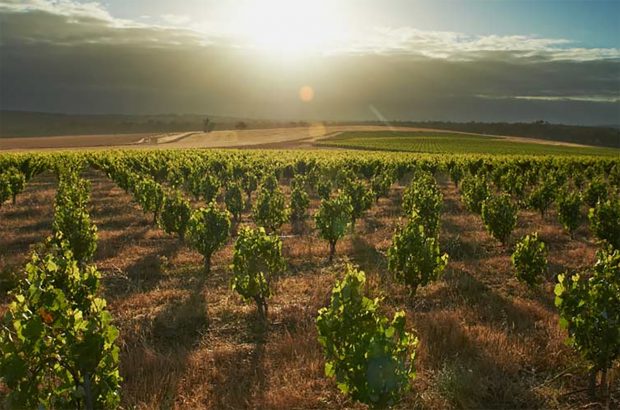It’s 7pm on a Thursday in Tokyo and in a Shibuya-ku wine bar the young Japanese are letting their hair down. Like most bars in Tokyo, the seating is arranged restaurant-style and, having left their teetering platform heeled shoes in the entrance, the largely female clientele is chattering in animated groups around the tables.
It’s young women in particular who are responsible for Japan’s burgeoning wine market. While 80% of the drinks market is still accounted for by beer (a staggering four to five cases a year for every man, woman and child in the country), a growing number of affluent drinkers are turning to wine.
‘They have huge spending power,’ says importer Ron Brown, whose portfolio includes Bollinger and Mount Langhi Ghiran. ‘They have well-paid jobs, they are marrying late and still live with their parents. There are 10 million people in Japan now who drink quite a lot of wine, nine out of 10 of whom didn’t use to drink any.’
New bars like Bou cater for precisely this market. You can graze through a menu of appetisers, matching the dishes with what, by Tokyo standards, is an impressive range of wines by the glass, even if the spellings are slightly erratic (‘Chabris’ is a particular Japanese favourite, although perhaps an understandable slip).
Wine bars are all part and parcel of the Japanese love affair with the West. Traditional Japanese restaurants, even at the kaiseki level, still don’t serve wine or only have a very limited selection, and even contemporary restaurants tend not to have a bar you can go to before you sit down and eat. And, enticingly, wine bars stay open till 2 or 3am.
Top London wine bars
The wine bars to visit
Typical of the new breed is Aux Amis des Vin in the Ginza district, a chic French-style brasserie-cum-wine bar where the knives and forks rest cutely on corks. It’s run by young Japanese sommelier Hirito Maruyama and has an impressively strong Burgundy list with 10 Gevry-Chambertins and five vintages of Romanée-Conti, as well as more unusual Provençal wines such as Palette and wines from Savoie and Jura. ‘Even three years ago it would have been impossible for a young sommelier like Maruyama to have his own restaurant in Ginza,’ says Brown. ‘He simply wouldn’t have got the backing.’
Brown’s own bar, Tastevin Aoyama in Minato-ku, is more like a classic European wine bar – a cellar with a cosy, clubby atmosphere. There are regularly at least 20 wines available by the glass. ‘On a normal day we open 10 to 30 bottles, including wines like Latour and Grange,’ he says. ‘We try to keep our prices reasonable. Two people can eat with a bottle of wine for 10,000 yen (roughly £30 a head).’ There is also a ‘keep bottle’ system where you can store your own wine, a cigar lounge and, in common with most Japanese restaurants, a number of private rooms.
International hotel chains are another place to drink well and the New York Bar on the 52nd floor of the Park Hyatt, which has breathtaking views over the city, is popular with celebrities. Along with the New York Grill next door – still the hottest restaurant in town – it features an all-American wine list of more than 100 bins, including sought-after producers such as Harlan and Grace Family. ‘Most restaurants struggle to get these kind of wines but the producers actually ask me to put them on our list,’ says the food and beverage manager Marc Handl. ‘Most of the major winemakers in California have been to the restaurant. It’s become a wine destination. Some of our guests keep a selection of vintages of wines like Harlan here.’
If you’re not quite in that rarified income bracket, you can still take advantage of the daily tastings which take place every evening in the bar between 5.30pm and 8.30pm. ‘I try to feature wineries which haven’t yet been introduced into Japan,’ says Handl. The all-in price includes a taste of 12 wines plus an appetiser plate. ‘All you can drink for 90 minutes for 4,500 yen (around £26).’
Although wine service can be erratic in some bars and restaurants (check the vintage carefully when they bring the bottle), the standard is still impressively high. Japan has the largest number of trained sommeliers in the world – some 6,000 compared to 600 in the US. Even department stores have their own sommeliers, and a large number of the hostesses on Japan Airlines are qualified.
Interestingly, this doesn’t necessarily mean they play it by the book. I was discussing the ideal match for sushi with Yosuhiro Shibuya of the Intercontinental, expecting him to agree with my choice of Champagne, but he plumped for Pinot Noir. ‘If you serve sushi with soy sauce it requires a different wine. Try a red burgundy such as Volnay.’ They also show awesome dedication. ‘We had 150 sommeliers turning up at 11pm for a Gaja tasting recently,’ says Stewart Foster of Jardines, another major importer. ‘Mind you, Gaja is God here.’
The classics may still be in greatest demand – at a Christie’s auction in November a case of Romanée-Conti 1985 sold for £50,000 ($72,500), establishing a world record – but change is undoubtedly afoot. ‘In the last seven or eight years people have really moved away from the idea that if it’s good it’s got to be French,’ says Brown. ‘Things are rapidly changing.’






